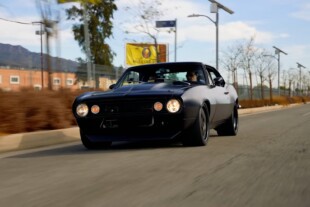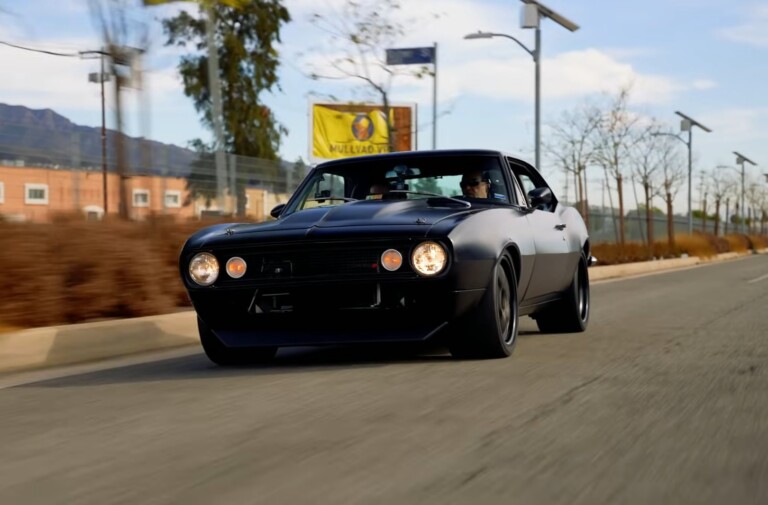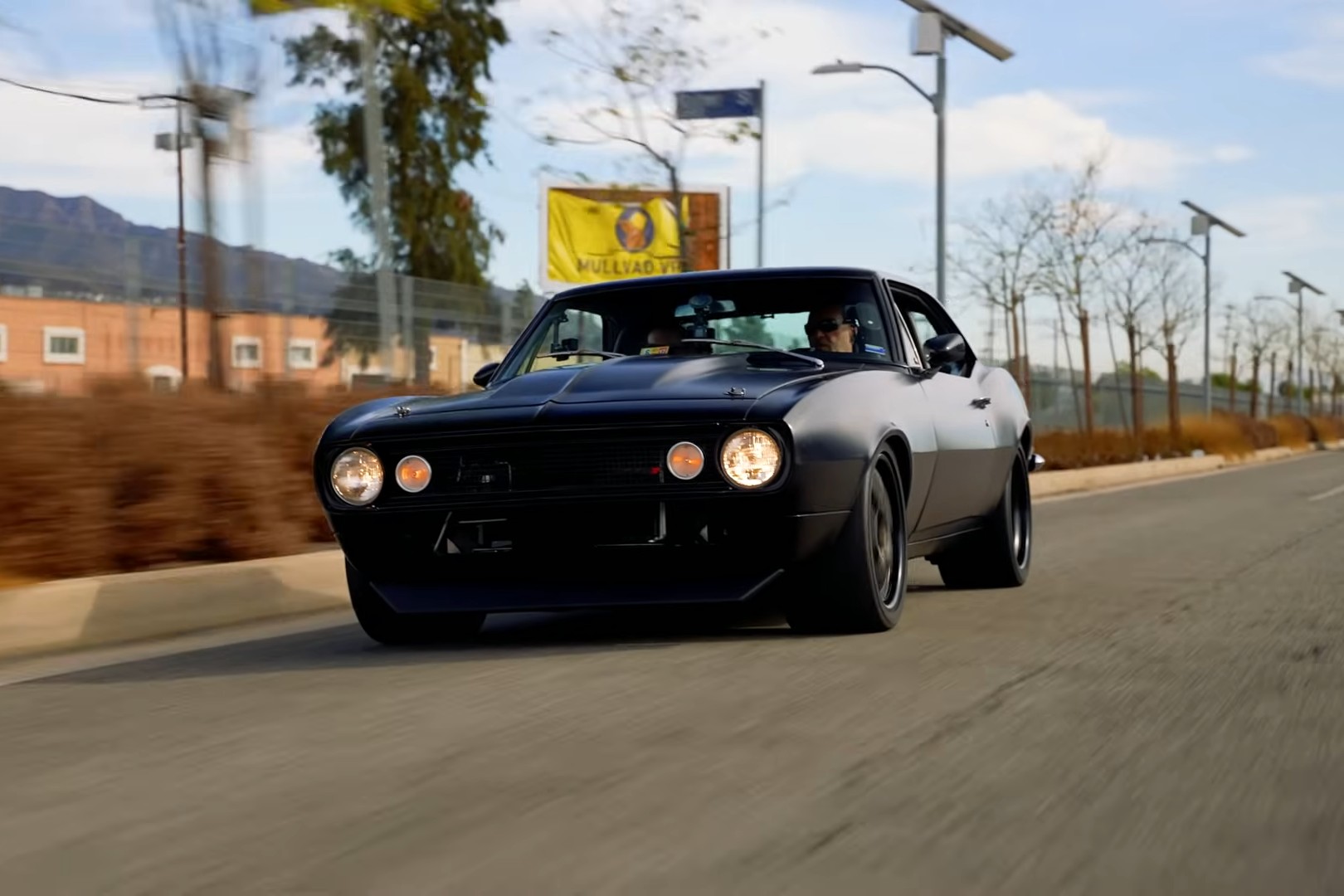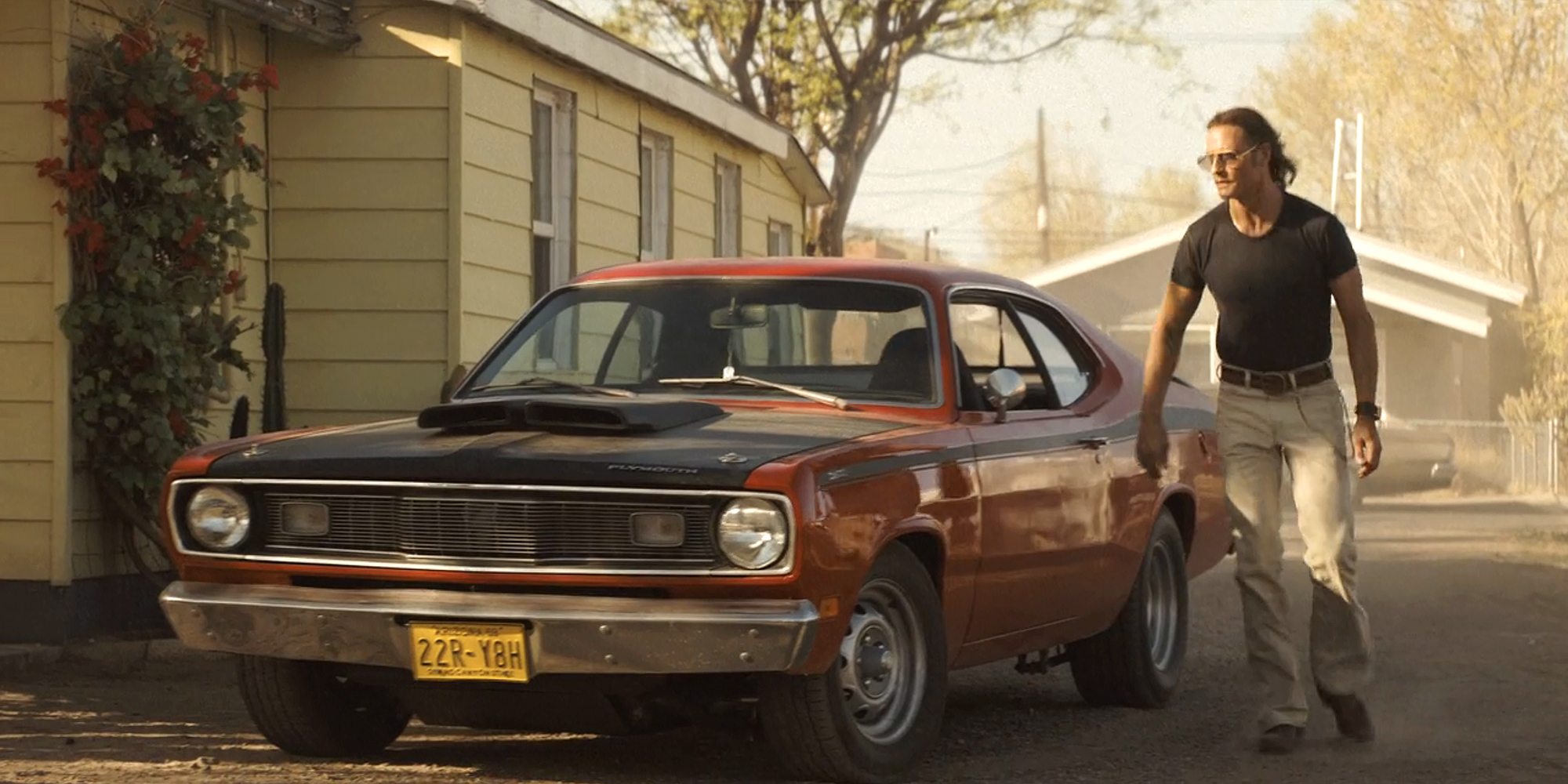It was the summer before my senior year in high school when my best friend’s dad nearly killed my car.
I was one of the few kids who drove an old car to school in the mid-1990’s and stood out like a sore thumb among the new ’94 Mustang GT’s, Civics, 3-series BMWs, and indistinguishable imports. My Corvette-white split-bumper ’71 Camaro was big, noisy and brash, but was mainly all talk given its anti-smog equipment-laden 350, non-functioning air conditioning, spongy power brakes and limp 3.23 rear gears spinning a secondhand posi-traction my brother bought me the previous Christmas.
 That particular night, I was complaining to my pal that my Camaro was idling rough and coughing and wheezing more than usual. Hearing my whining, his father jumped out of his chair and demanded the keys. “I’ll tune her up. It can’t be too tough,” he boasted. He wheeled the Chevrolet up into his driveway, hoisted open the garage door and yanked the air cleaner off.
That particular night, I was complaining to my pal that my Camaro was idling rough and coughing and wheezing more than usual. Hearing my whining, his father jumped out of his chair and demanded the keys. “I’ll tune her up. It can’t be too tough,” he boasted. He wheeled the Chevrolet up into his driveway, hoisted open the garage door and yanked the air cleaner off.
With the low-compression small block loping on its lazy hydraulic cam, my buddy’s father leaned over the carburetor, expecting to find a troublesome gremlin camping out below the butterflies of the QuadraJet. I watched as he fiddled with the idler screws, twisted on the distributor cap advancing and retarding the timing dumbly, and generally attempted to look like he knew what he was doing.
It was as he hovered over the open venturies that something – to this day I’m still not sure what – fell into my carburetor. Oblivious to what damage a loose metallic object can do to the internals of an engine, he deftly revved the engine. The mouse motor erupted in a cacophony of pings, tinks, and rattling. I scrambled around to the cabin and killed the engine.

While not the actual engine compartment of my '73 Camaro, this is exactly what kind of tangled mess I had to work with.
“What the hell was that?” I screamed. Obviously embarrassed, he shrugged silently. “You better get this thing home. I’ll follow you to make sure you don’t get stranded,” was all he could reply.
I limped the Camaro home, rolling it up into my parents’ driveway. My father and brother came out and grilled me as to what I had done. This time, unlike so many other instances, was not my fault.
My dad looked at the dingy engine for a moment and then turned to me saying the four most terrifying words I had ever heard him say to me, “Figure it out, kid.”
The next morning, as my dad drove off to work, I began pulling the engine apart. Off came the air cleaner. Then the carburetor. The rattling was coming from deep inside the engine, so my hopes of finding something in the intake manifold were baseless. I removed the distributor, alternator and A/C compressor. Off came the intake manifold after a half hour of prying with a long flathead screwdriver.
“I don’t know what to do, Dad. I’ve got the intake off and looked into all the intake ports with a flashlight. I can’t find anything,” I said over the phone.
“Whatever it is isn’t likely to have gotten past the pistons. If you’re lucky, it bounced its way past the exhaust valves,” came his only suggestion. Unfortunately, I knew that was a pipe dream. Whatever it was was still in the engine itself.
The pinging had come from the right hand side, so I had a general area as to where to look. I didn’t want to pull the heads as that meant buying new gaskets but knew that removing the head was the next logical step. Desperate, I called my father one last time.
Exasperated, he forwarded me to my brother. “You still don’t know which cylinder it went down, Kevin. Pull the plugs. If you find one smashed up, you’ll have your answer.”
Deflated, I walked back out to the garage. With a socket in hand, I started pulling plugs, starting at front and working my way back. For whatever reason, the #8 plug didn’t want to come out. It was unscrewed, but still refusing to budge. With a sharp tug, out it came…with an inch-and-a-half-long mangled piece of metal crammed into the electrode. It was too thick to be clip of a pen and too small to be a pocket screwdriver. Whatever it was, I found it and it was out.
With a penlight, I peered into the #8 cylinder and saw only mild scuffing on the piston. While I couldn’t see how bad the damage was to the valve or the cylinder, I was satisfied that I had found the source of the problem.
The next day was spent reassembling the top end while performing a mild tune up. I replaced the belts, replaced and gapped the plugs (obviously), opening up the distributor cap and sprayed it down with a little WD-40, disassembled, cleaned and reassembled the carburetor and readjusted all the idler screws and throttle linkage. What had been a total disaster had developed into a crash course of which, looking back, am eternally grateful for.
A little over two years later, I sold the Camaro. For a few months, my brother loaned me the use of a Nova he had gotten running. The light blue ’69 was straight, rust free and in good running condition with a transplanted 454 and a TH400 slushbox. I drove the Nova back and forth to work and occasionally on dates. It was, for all intents and purposes, the raciest street car I had ever regularly driven.

While similar to the Nova my brother provided me, this particular '69 is rolling a pretty sharp setup.
Girls were confused by the electric fuel pump switch that needed to be flipped before starting the ignition. Friends were baffled why I’d have to watch the temperature gauge to know when to turn on the electric fan. The locker in the 12-bolt rear was noisy at all times and the duct tape patchwork keeping the bucket seats’ vinyl together bled adhesive onto my clothes on hot days.
The Nova would leap out of the hole at any street light, but fall horribly on its face on the big end. I was frustratingly perplexed. When I confronted my brother why his big block Nova was such a dog, he smiled and said the same words, “Figure it out.”
The timing was fine as the car ran well at all cruising speeds and at idle. Nothing about the transmission or rear end gave me reason to question their integrity. I was baffled. Irritated, I resigned that my brother had just put together a toad of a motor and resigned to just bitch about it.
Finally tired of listening to my bellyaching, my brother dragged me outside, opened the hood, adjusted the linkage to finally engage the secondaries on the 850 double pumper which he had purposefully detuned, and pushed me into the passenger seat. He drove me out to main drag outside of our housing tract and laid down two of the thickest trails of sticky melted rubber I had ever seen.
“There,” he snapped. “Had you tried to figure it out rather than complaining, I’d let you keep it. Instead, you can borrow Dad’s Jeep.”
And with a swipe of the keys, the Nova was gone.
What was the lesson I learned here? Don’t look a gift horse in the mouth? Every problem has a logical and solvable solution? Maybe. All I felt was ashamed. I was being tested and I failed to even try to properly diagnose the problem. That is why today, before I react to a car – new or old – acting up, I stop and try to think of those words, “Figure it out, kid.”
-Kevin


















